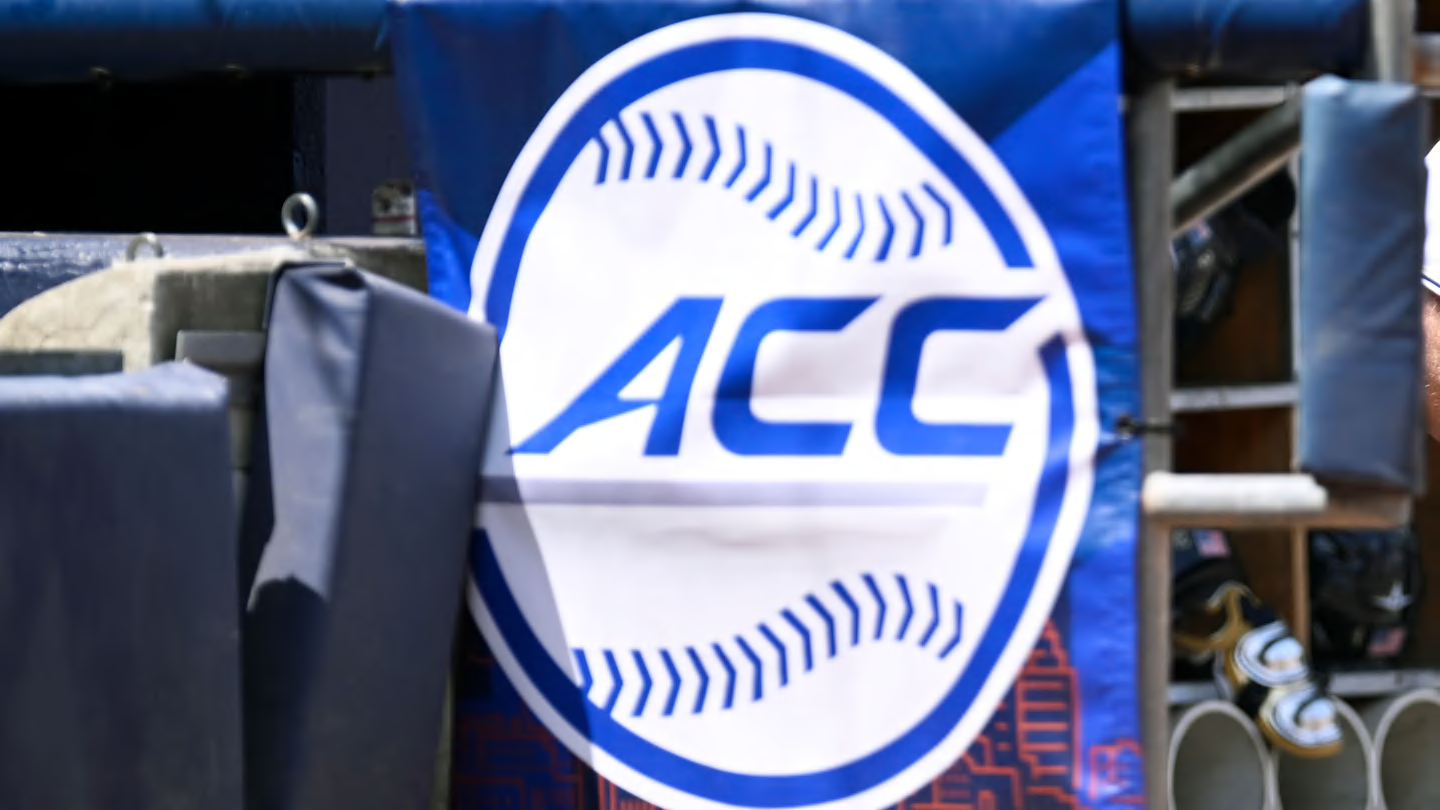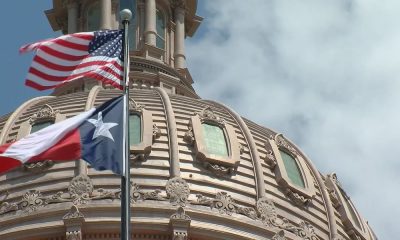Will Wade’s work building N.C. State into an immediate winner included the pursuit of an entrant in the NBA Draft, just in case he returned to college. It wasn’t a huge risk: With all the cash flowing in college, the number of early entrants to the NBA Draft has continued to shrink.
This year’s NBA Draft starts Wednesday night with its lowest total of those prospects in at least 10 years. “Now you can play the long game a little bit more,” Wade told The Associated Press, referring to how college players can look at their futures.
“Look, I can get paid the same I would get paid in the G League, the same I would get paid on a two-way (contract), some guys are getting first-round money.”
And more money is on the way.
It’s been four years since college athletes were permitted to profit off the use of their name, image and likeness (NIL), opening the door for athlete compensation that was once forbidden by NCAA rules. Next week, on July 1, marks the official start of revenue sharing where schools can begin directly paying athletes following the $2.8 billion House antitrust settlement.
For Wade, that led to signing Texas Tech’s Darrion Williams after 247sports’ fifth-ranked transfer withdrew from the draft.
“Basically now if you’re an early entry and you’re not a top-20, top-22 pick — where the money slots — you can pretty much make that in college,” the new Wolfpack coach said.
It’s all part of a seismic change that has rippled through college athletics since the pandemic, its impact touching the NBA. Players willing to “test the waters” in the draft before returning to school now have a lucrative option to consider against uncertain pro prospects.
[Related: 3 Best 2025 NBA Draft Fits for Rutgers Star Dylan Harper]
And it shows in the numbers.
“With all the money that’s being thrown around in NIL, you’re having a lot less players put their names in,” Detroit Pistons president of basketball operations Trajan Langdon said. “You’re having pretty good players pulling their names out.”
Declining number of early entrants
This year’s drop is significant when compared to the years before anyone had heard of COVID-19. There was a spike of college players jumping into the draft in the pandemic’s aftermath, when they were granted a free eligibility year to temporarily make even a fourth-year senior an “early” entrant.
But those numbers had fallen as those five-year players cycled out of college basketball, and they’re now below pre-pandemic levels. That decline coincides with NIL’s July 2021 arrival, from athletes doing paid appearances or social-media endorsements to boosters forming collectives offering NIL packages amounting to de facto salaries.
As a result:
— Eighty-two players appeared on the NBA’s list of early entrants primarily from American colleges with a smattering of other teams, down 49% from 2024 (162) and nearly 47% compared to the four-year average from 2016-19 (153.5);
— Thirty-two remained after withdrawal deadlines, down from 62 last year and 72.0 from 2016-19;
— Adding international prospects, 109 players declared for the draft, down from 201 last year and 205.0 from 2016-19;
— And only 46 remained, down from 77 in 2024 and 83.8 from 2016-19.
More college players weighing options
Duke coach Jon Scheyer understands draft dynamics, both for no-doubt headliners and prospects facing less clarity. He sees college athlete compensation as a “legitimate gamechanger.”
“Hopefully it allows players to decide what’s truly best for their game,” Scheyer told the AP. “It allows them to analyze: ‘Am I actually ready for this or not?’ Where money doesn’t have to be the deciding factor. Because if money’s the deciding factor, that’s why you see kids not stick. The NBA’s cutthroat. It just is.”
The Blue Devils are expected to have three players selected in the first-round Wednesday, including presumptive No. 1 pick Cooper Flagg alongside top-10 prospects Kon Knueppel and Khaman Maluach. They also had players sorting through draft decisions.
Freshman Isaiah Evans — a slender wing with explosive scoring potential — withdrew instead of chasing first-round status through the draft process. Incoming transfer Cedric Coward from Washington State rapidly rose draft boards after the combine and remained in the draft.
[Related: 3 Best 2025 NBA Draft Fits for Rutgers Star Ace Bailey]
“There’s no substituting the money you’re going to make if you’re a top-15, top-20 pick,” said Scheyer, entering Year 4 as successor to retired Hall of Famer Mike Krzyzewski. “But if you’re not solidified as a first-round pick, why risk it when you can have a solid year and a chance to go up or be in the same position the following season?”
College compensation is re-shaping the draft pool
Langdon, himself a former Duke first-rounder, sees that evolution, too.
His Pistons had their first playoff appearance since 2019, but lack a first-round selection and own a single pick in Thursday’s second round. Fewer candidates could make the already imperfect science of drafting even trickier in this new reality.
[Related: Top 10 men’s college basketball players with highest NIL valuations]
According to the NBA’s 2024-25 rookie scale, a player going midway through the first round would make roughly $3.5 million in first-year salary. That figure would drop to about $2.8 million at pick No. 20, $2.3 million at No. 25 and $2.1 million with the 30th and final first-round draftee.
A minimum first-year NBA salary? Roughly $1.2 million.
“These NIL packages are starting to get up to $3 to $4 to $5 to $6 million dollars,” Langdon said. “These guys are not going to put their name in to be the 25th pick, or even the 18th pick. They are going to go back to school in hopes of being a lottery pick next year. With that pool of players decreasing, it kind of decreases the odds of the level of player we get at No. 37, just the pure mathematics.”
Current NBA players offer insight
Indiana Pacers big man Thomas Bryant and Oklahoma City Thunder counterpart Isaiah Hartenstein, who both played in the seven-game NBA Finals that ended Sunday, illustrate Langdon’s point.
They were back-to-back second-rounders in 2017 (Bryant at 42, Hartenstein at 43), pushed down a draft board featuring early-entry college players in 33 of the 41 picks before them.
Bryant played two college seasons at Indiana before stints with five NBA teams, including Denver’s 2023 championship squad. Would the ability to make college money have changed his journey?
[Related: How much money did Cooper Flagg make in NIL during his one year at Duke?]
“To be honest, I see it from both sides,” Bryant said. “If you’re not going to get drafted, you understand that a kid needs money to live in college and everything. So, I understand where they’re coming from on that end.
“But for me, I took the chance. I bet on myself, and I believed in myself, and I worked to the very end. And the thing about me is that if I went down, I was going down swinging. I hang my hat on that. For some, it might not be the same case.”
The American-born Hartenstein moved to Germany at 11 and played in Lithuania before being drafted. As he put it: “I think everyone’s journey is different.”
“I think you should have the right people around you to kind of guide you,” said Hartenstein, a newly minted NBA champion. “I mean, I was lucky that my dad, who was a professional before, kind of guided me. Depending on your circumstances, it’s hard to turn down guaranteed money. If there’s an opportunity to get in a good situation in the NBA, you do that. But it’s a hard decision.”
College now can be more of an allure
At N.C. State, Wade’s pitch to Williams included a leading role and a shot at boosting his draft stock.
The 6-foot-6 junior averaged 15.1 points with multiple big NCAA Tournament performances as the Red Raiders reached the Elite Eight, nearly beating eventual champion Florida.
“He was most likely going to be a second-round draft pick, and his package here is better than probably he would’ve gotten as a second-round pick,” Wade said, adding: “We certainly talked about that. We went over that. We went over the math of everything. We went over the plan on how to accomplish that.”
That’s not to say it’s easy at the college level in this new landscape. Roster management is tricky, including a balancing act of maintaining financial resources to potentially land one player while risking missing out on others.
“It’s the way life works, it’s the way it should work,” Wade said. “If there’s no risk, there’s no reward. The riskiest players, in terms of waiting on the money and waiting them out, are the best players. That’s why they’re in the draft process. We’re not going to be scared of that.”
Nor should he, not with the allure of campus life these days.
Reporting by The Associated Press.
Want great stories delivered right to your inbox? Create or log in to your FOX Sports account, and follow leagues, teams and players to receive a personalized newsletter daily!

Get more from National Basketball Association Follow your favorites to get information about games, news and more



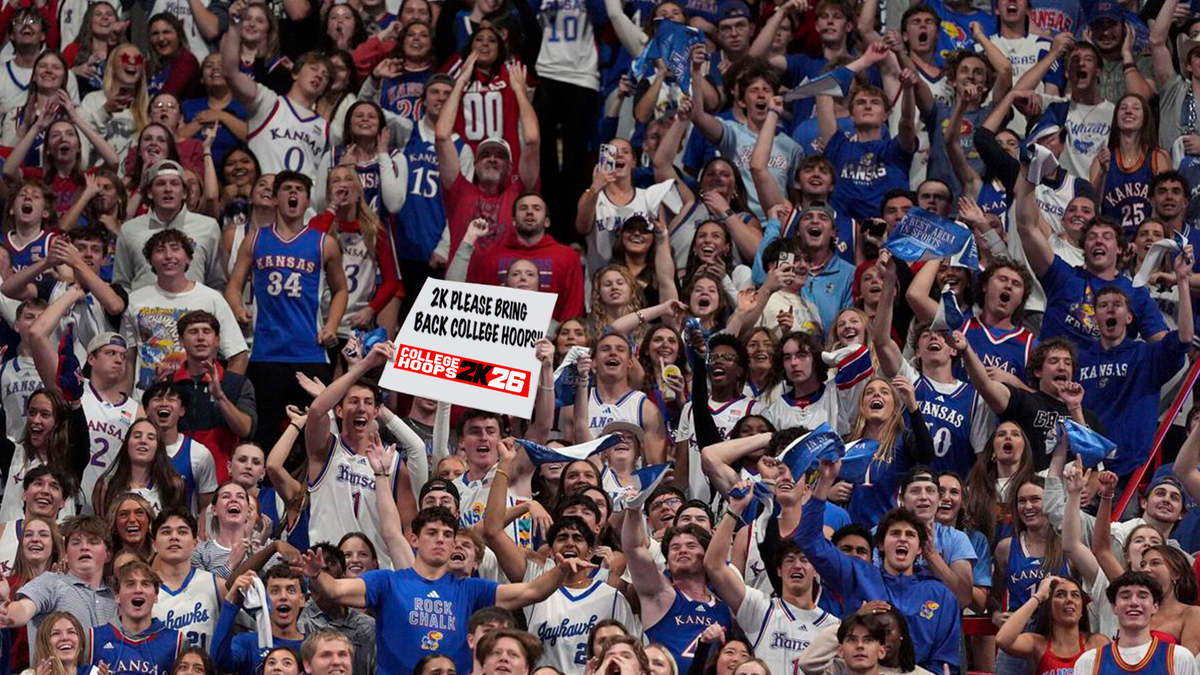


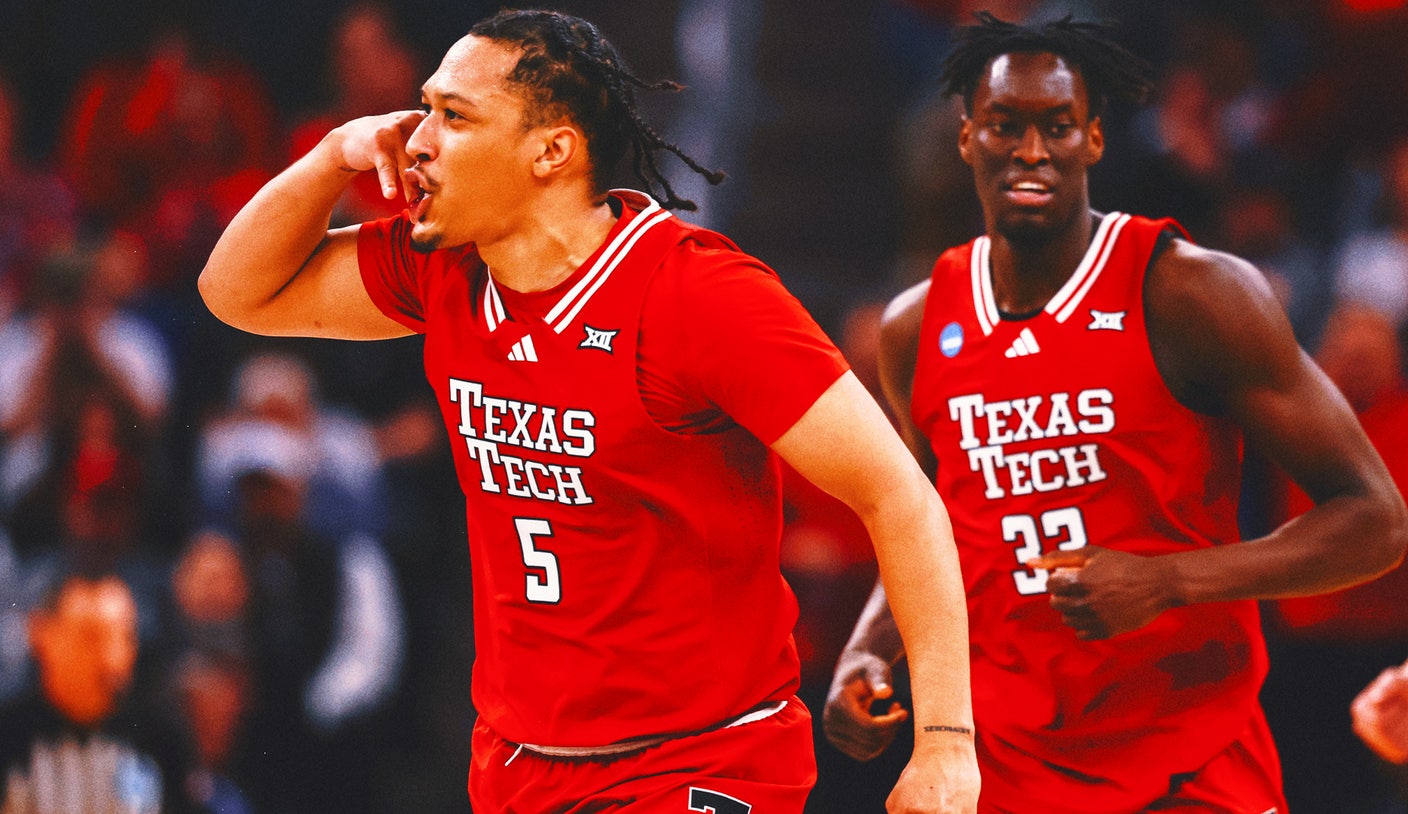
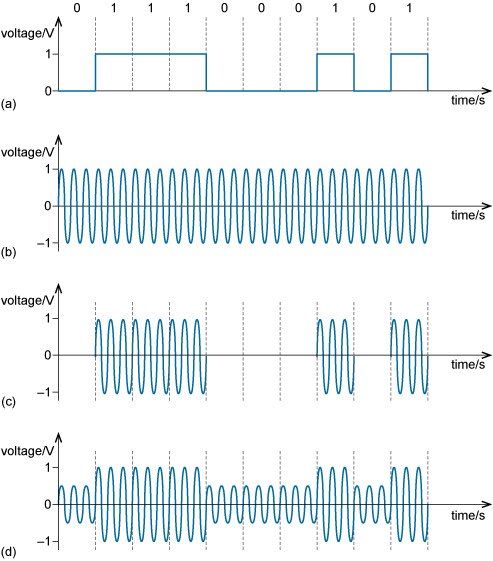

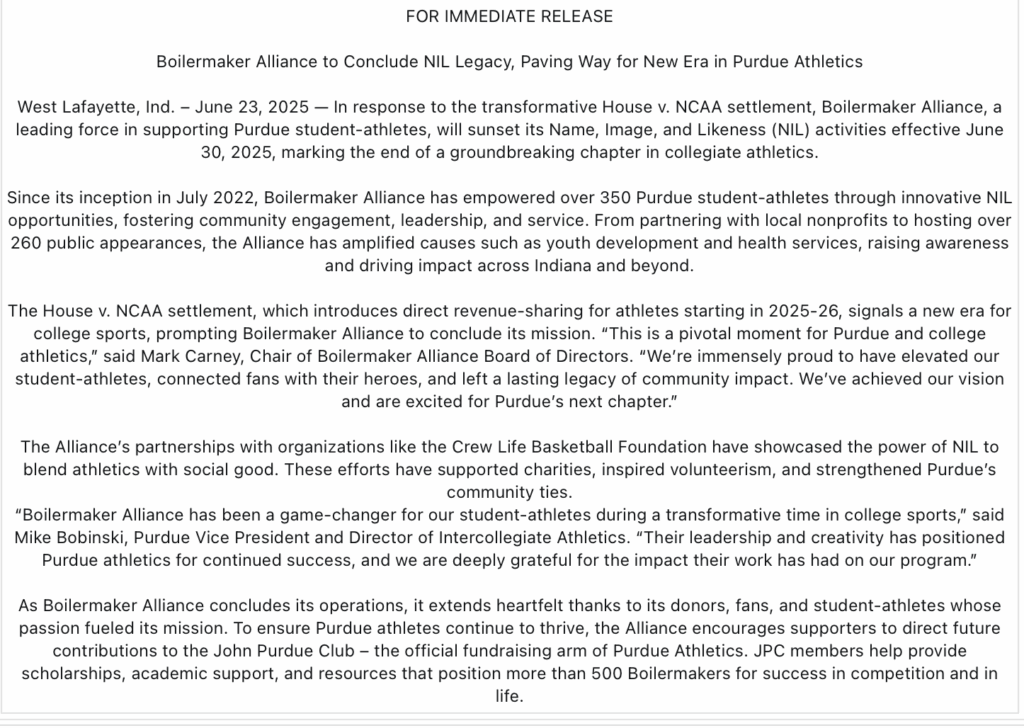
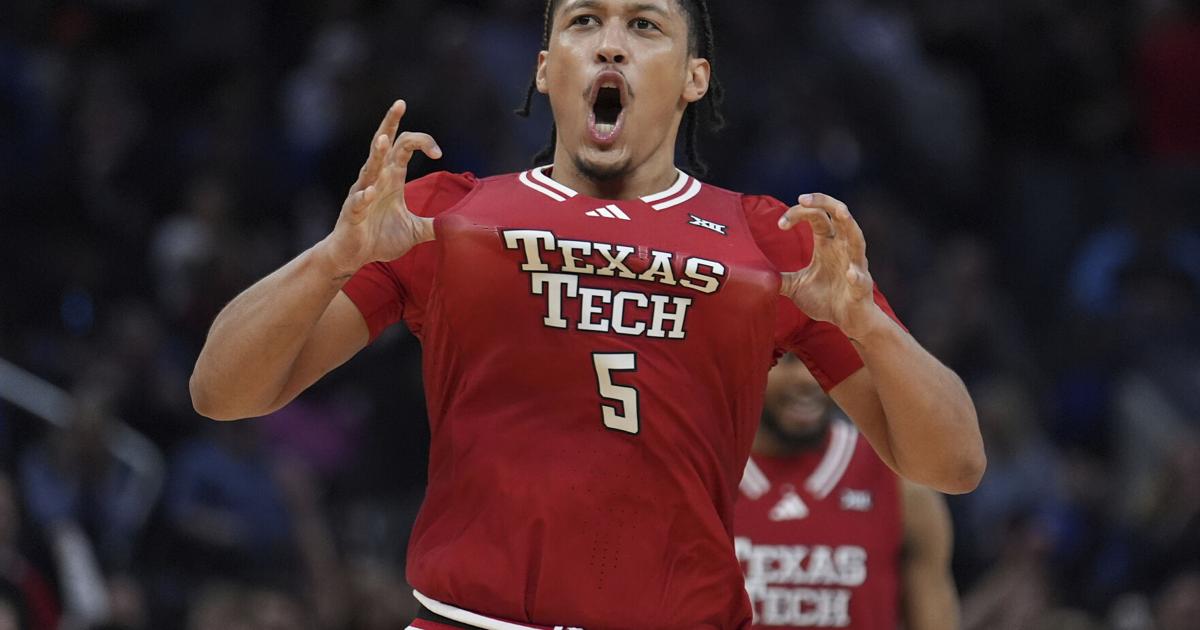
 E96 v {628F6[ E96 D2>6 x H@F=5 86E A2:5 @? 2 EH@\H2J W4@?EC24EX[ D@>6 8FJD 2C6 86EE:?8 7:CDE\C@F?5 >@?6J]Qk^Am
E96 v {628F6[ E96 D2>6 x H@F=5 86E A2:5 @? 2 EH@\H2J W4@?EC24EX[ D@>6 8FJD 2C6 86EE:?8 7:CDE\C@F?5 >@?6J]Qk^Am @? E96 H2J]k^Am
@? E96 H2J]k^Am